Abstract: Laser welding technology is applied to the welding of silicon carbide particle reinforced aluminum matrix composites. The interaction between the laser energy-inducing composite and the reaction additive titanium forms a welded joint of the composite. The reaction product can completely prevent the formation of the harmful aluminum carbide phase in the weld zone under certain welding conditions. The experimental results of laser induced reactive welding of metal matrix composites are given, and the mechanism of laser induced reaction welding is theoretically discussed.
When the metal matrix composite is welded by conventional fusion welding, since the composite reinforcement has a long contact time with the molten base metal, it is easy to accelerate the chemical reaction between the reinforcement and the matrix, which often leads to serious diffusion and enhancement between the two. Decomposition of the body, or even complete destruction. In addition, large pores often appear in the weld zone, which reduces the strength of the joint. Therefore, these welding methods are not suitable for the welding of structures. Other joining techniques such as diffusion welding, friction welding, electron beam welding and resistance welding [1], although proven to be effective joining methods, may require complex special equipment or require special joint forms, or There are many restrictions on the structural requirements of the weldment, which are subject to many restrictions in practical applications. Mechanical joining is often an effective method, however, such joints can cause catastrophic failure due to poor toughness and the tendency to form stress concentrations.
Although laser welding has many advantages such as low total heat input, high energy density, high welding speed, small deformation and small heat-affected zone, there is still a strong interface when used for welding SiC reinforced aluminum matrix composites. The reaction forms a problem that the brittle phase of Al4C3 deteriorates the joint performance. In order to solve this problem, at home and abroad, it is mainly used to change the laser parameters to slow the interface reaction [2,3], or to select the aluminum-based composite material with high Si content (such as A356, 6061) to suppress the interfacial reaction [4]. However, these two methods do not completely eliminate the harmful reaction product Al4C3 between the reinforcing body (SiC) and the matrix metal (Al).
1 Test conditions and methods
The material used for the test was 2124Al+20 vol% SiCp aluminum-based composite material, and the heat treatment state was “solution treatment + artificial agingâ€, and the average diameter of the reinforcement SiC particles was 3 μm, and the metallographic structure was as shown in FIG. 1 .

Figure 1 Metallographic structure of aluminum matrix composites
The laser for soldering is a Nd:YAG pulsed solid state laser. The laser parameters are: the wavelength is 1.06 μm, the average power is less than 100 W, the maximum single pulse energy is 20 J, the pulse frequency is 10 times/second, the pulse width is 2.5 ms, the divergence angle is <6 mrad, and the focus position is on the surface of the sample.
The welding method used is: 1 conventional laser welding without filler; 2 laser induced reaction welding - in order to eliminate the addition of other elements to increase the complexity of reactive welding, only pure titanium is added to the weld. The test piece size is 40 mm × 10 mm × 2 mm. The joint form is butt weld.
The phase structure analysis of the substrate and the weld is carried out on a Japanese D/MAX-RA target X-ray diffractometer with Cu as the target and graphite as the monochromator. The voltage and current vary with the sample.
2 test results and analysis
Figures 2 and 3 show the results of the microstructure and phase analysis of the welded joint of conventional laser welding, respectively. Figure 4 and Figure 5 show the results of the microstructure and phase analysis of the welded joint of laser induced reactive welding.
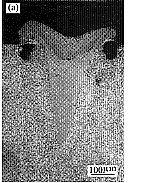
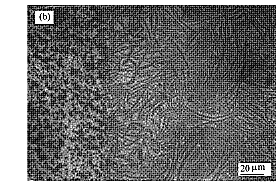
Figure 2 Organization of conventional laser welded joints (laser power: 40W , welding speed: 120mm/min )
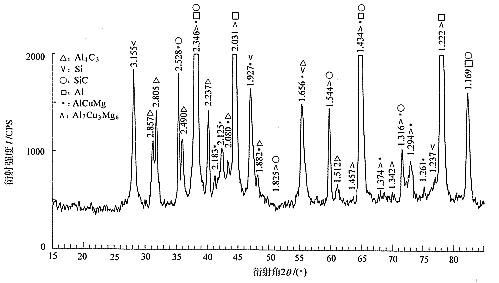
Figure 3 X -ray diffraction pattern of conventional laser welded joint
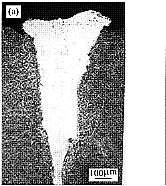
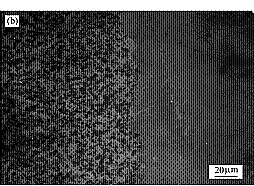
Figure 4 Laser induced reaction welded joint structure (laser power: 40W , welding speed: 120mm/min )
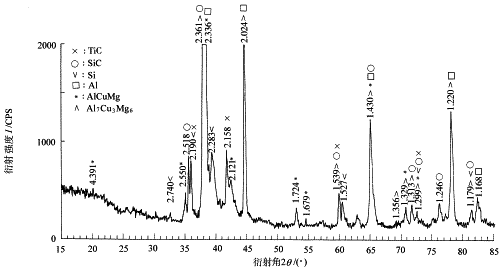
Figure 5 X -ray diffraction pattern of laser induced reaction welded joint
Next page
LED Lens - Optical Reflection Element
Plastic COB lighting lens,Compound eye array lens,Plastic COB Reflector Lens
Dongguan Lianlong Photoelectric Technology Co., Ltd , https://www.lianlonggd.com